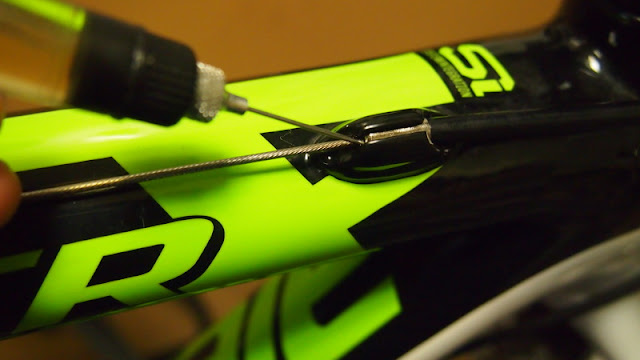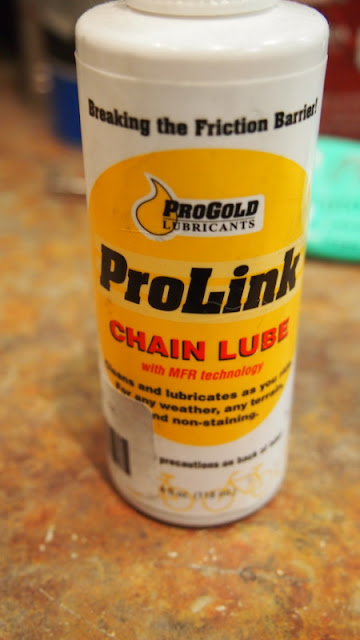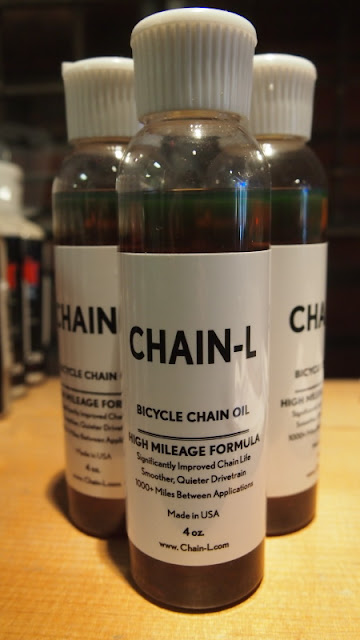Without
a doubt, Americans could stand to lose a few pounds. I’m sure you also wouldn’t mind saving some
cash right? No, it’s not too good to be
true. I have a way for you to lose
weight and save money at the same time. And
it doesn’t involve taking pills—or at least it isn’t supposed to. It involves pedaling, which, if you are
reading this blog, you probably are already into.
I’m
talking about commuting to work. I’m not
talking about ditching your car, or adopting some crazy pedal-centric
lifestyle. I’m just talking about riding
a bike to work instead of driving. I’m
about to break it down. Commuting by
bike is healthier, cheaper, more efficient, and many times, faster.
Let’s
take a second to set the scene. For the
sake of the calculations I’m about to lay out for you, we need to establish a
couple things. A gallon of gas contains
about 31,000 calories. For the sake of
easy calculations, we will assume that the car that you drive gets 31 MPG—which
seems like a fair average, considering some cars get much less. We are also going to assume a moderate length
commute. 10 miles sounds about
right. My commute to Cadence everyday is
exactly 10 miles, a mix of both city and freeway driving, and the bike route I
take is exactly the same length—making it a perfect example for comparison.
I
realize that there are a whole lot of variables at work here, so bear with
me. In order to illustrate my point I’m
going to make a bit of generalizing and assuming—not something I’m usually a
fan of, but sometimes it just can’t be avoided.
Your Wallet
We are
going to compare riding to driving in a couple different categories, the first
being cost. Obviously both bikes and cars come in many different shapes and
sizes, so let’s set up a hypothetical situation and flush out the details. I’m will set this up like your standard
middle school story problem, because I know how much everybody loves them.
Gertrude,
our driving guinea pig, buys a car to drive to her new job. She spends a modest $18,000 on a nice compact
that magically gets 31 MPG wherever she goes, and she also managed to get a
dealership to finance the cost at 0% interest over 5 years (this is a bike
blog, not a math blog. I’m making this
easy on myself). So that makes her car
payment exactly $300 a month. The car
has a 15 gallon gas tank, so at current gas prices of about $3.25 (where does
she find these amazing deals?!?) it costs $48.75 to fill her tank. With a 15 gallon tank, she would have to fill
her tank only once a month. Not too
shabby.
Conservative
estimates for both insurance ($40/month) and general maintenance and
depreciation ($110/month), brings us to roughly $500 a month total cost for our
dear Gertrude to get to work.
Myrtle,
Gertrude’s twin sister, has also gotten a new job, which is the exact same
distance from home as Gertrude’s. She,
however, has decided to buy a really kick-ass commuter bike to ride to
work. She also found a magical bike shop
that finances bikes for 5 years at no interest (even Cadence is not that
good). She decided to really go all out
and buy her dream bike for $2400. That
some serious commuter wheels. With a
whopping fuel cost of $0 and insurance also breaking the bank at $0, she pays
$40 a month over 5 years. If she
maintains her bike properly, that breaks down to a cost of about $30 a month. So $70 a month is the total cost to ride her
bike.
So
that’s a $430 difference a month. I don’t know about you, but I could really
use an extra $430 a month. And if you
were wondering, that’s over $5,000 a year.
Sidenote: The numbers
I used above are very conservative. Many
cars can cost much more than 18k, get less than 31 MPG and require more
maintenance than I estimated. You also
definitely don’t need to spend $2400 for a bike on which you are
commuting. I used those numbers to show
that even when the numbers are tilted greatly to one side, the cost is not even
close.
Your Gut
Commuting
isn’t just good for your wallet. It also
does wonders for your figure. For my ten
mile commute I burn between 250-400 calories—depending on how hard of an effort
I make—each way. The days I commute by
bike, I thoroughly enjoy my extra 800 calories of wiggle room.
For
comparison’s sake, a gallon of gas contains roughly 31,000 calories of
energy. So if your car gets 31 MPG, that’s
1,000 calories per mile. Meaning over a
ten mile commute, a car burns about 10,000 calories while a bicycle only uses
400. That is one efficient machine.
If
you body was as inefficient as a car—or you had to tow 3,000 spare pounds of
metal behind your bike—you would have to jam a couple Big Macs down your throat
to give yourself enough calories to make it to work. 20 Big Macs to be exact.
Your Life
I think
it is safe to say that commuting by bike can change who you are as a
person. Don’t underestimate what getting
out on your bike for an hour or two everyday will do for your mind—even if it
is just to get to and from work. Many
times, as in the case of my commute, because of traffic, riding is faster—only by
5 minutes or so, but still. More than
that though, I don’t have to make extra time for another workout. My commute is my workout. In that sense, commuting saves me hours a
week. Hours I can spend hanging out, or
cooking for my wonderful wife—just living life.
Driving
gives me road rage, while riding gives me a sense of euphoria and freedom. Face it: it’s just fun to ride your
bike. I love the fact that I get to do
that regularly before and after work. It
gives me a chance to wind down from the stresses of the day.
I realize
that commuting isn’t always practical or convenient, but if you are looking for
an excuse to start, there is no better one than what I just laid out. I know people who commute 25-30 miles each
way every day. It’s not for everyone,
but it has the power to change a lot about your life. Save money and lose weight at the same time—I
have seen many infomercials, but I guarantee none of them can really deliver on
that promise. Commuting can.
So
what do you have to lose? I’d say quite
a few pounds and a few thousand dollars in yearly expenses. Makes sense, doesn’t it?













































